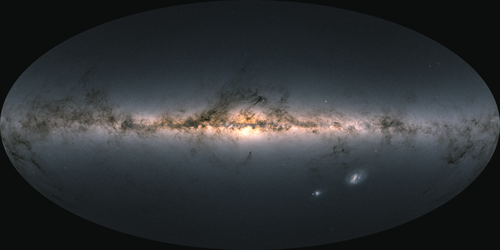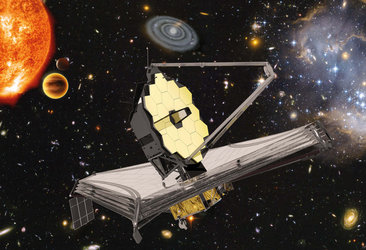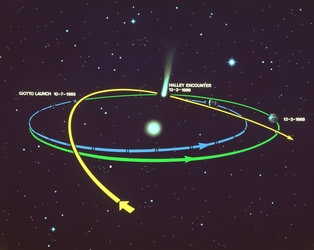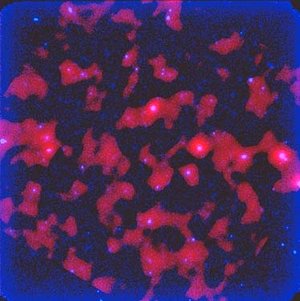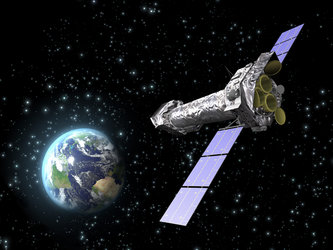Herschel science highlights
Hershel, ESA's cutting-edge space observatory
Carrying the largest telescope ever flown in space with a main mirror 3.5 m across, Herschel studied the cool Universe at infrared to submillimetre wavelengths. It probed the formation of stars and galaxies across the history of the Universe, and investigated their interaction with the interstellar medium – the dilute matter between stars from which new stars are forming.
Herschel also examined the physical state and chemical composition of asteroids and comets in our own Solar System, seeking out planet formation, and tracing the signature of water from the interstellar matter from which they formed all through to the discs around newly forming stars in other stellar systems.
Science objectives

Within our Galaxy, the mission’s main science objectives were:
- To study Solar System objects such as asteroids, Kuiper belt objects, and comets.
- To study the process of star and planet formation.
- To study the vast reservoirs of dust and gas in our Galaxy and in other nearby galaxies.
Outside our Galaxy, the mission’s main science objectives were:
- To explore the influence the galactic environment has on interstellar medium physics and star formation.
- To chart the rate of star formation over cosmic time.
- To resolve the infrared cosmic background and characterise the sources.
Key discoveries
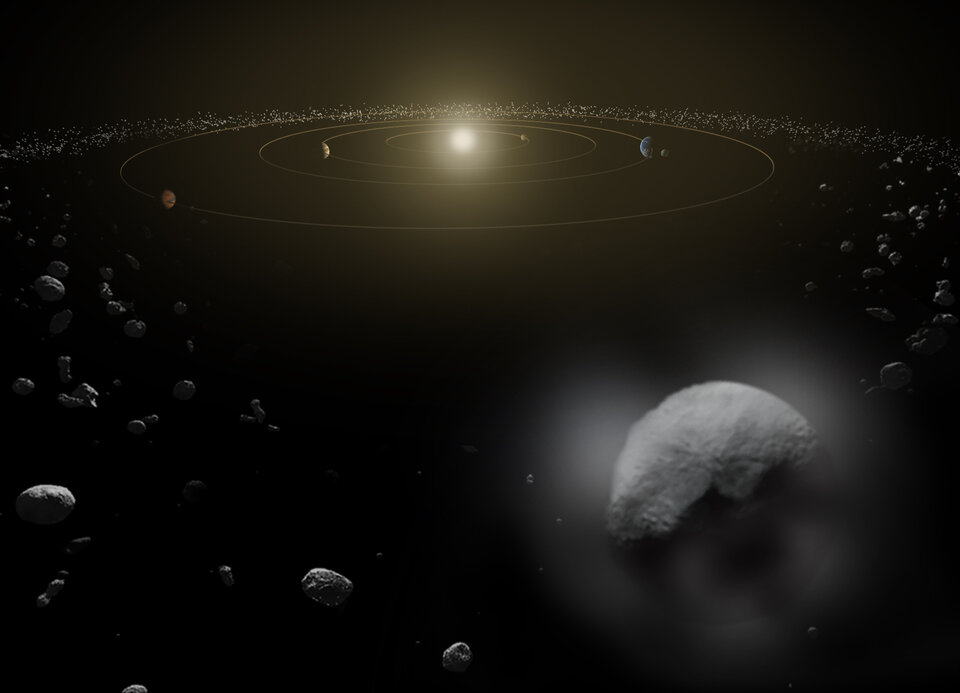
Throughout its mission Herschel made over 35 000 scientific observations, amassing more than 25 000 hours’ worth of science data from about 600 observing programmes. Key discoveries included:
- Providing unprecedented insight into star birth – Herschel’s stunning images of intricate networks of dust and gas filaments within our Milky Way Galaxy provide an illustrated history of star formation. These unique far-infrared observations gave astronomers a new insight into how turbulence stirs up gas in the interstellar medium, giving rise to a filamentary, web-like structure within cold molecular clouds.
- Uncovering a cosmic water trail – During almost four years of observing the cosmos, the Herschel Space Observatory traced out the presence of water. Herschel revealed this crucial molecule in star-forming molecular clouds, detected it for the first time in the seeds of future stars and planets, and identified the delivery of water from interplanetary debris to planets in our Solar System.
- Resolving the cosmic infrared fog – Herschel discovered that previously unseen distant galaxies are responsible for a cosmic fog of infrared radiation. The galaxies are some of the faintest and furthest objects seen by Herschel, and opened a new window on the birth of stars in the early Universe.
- Chronicling the evolution of galaxies – Herschel scrutinised hundreds of thousands of star-forming galaxies, peering back in time to when the Universe was less than one billion years old.




